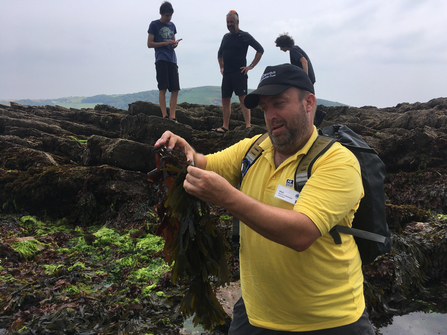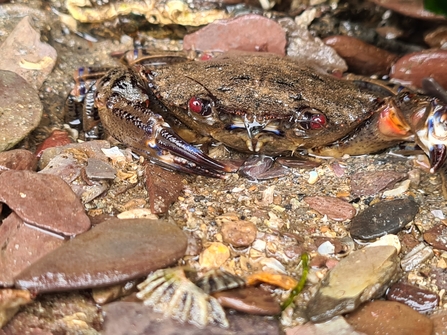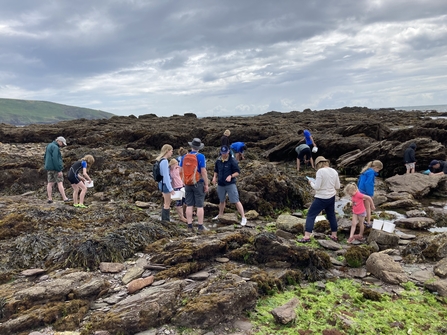Extreme Rockpool Safari
Extreme rockpooling is similar to the traditional rockpool safari, but even better! It is the ideal time to go out for an expedition, as the tide is at its lowest, usually less than 1 metre. This means that rocks and rockpools that would not normally be exposed now are, playing host to huge amounts of life.




